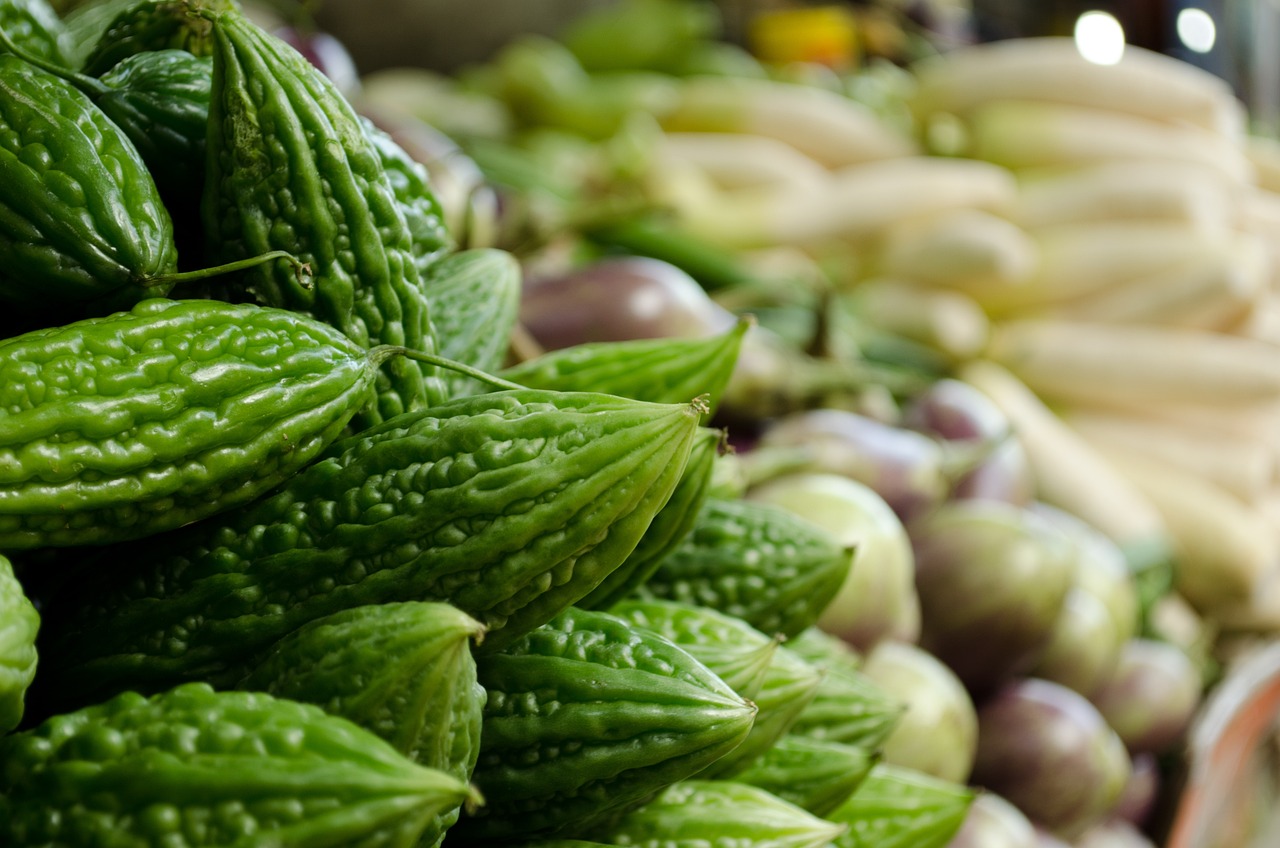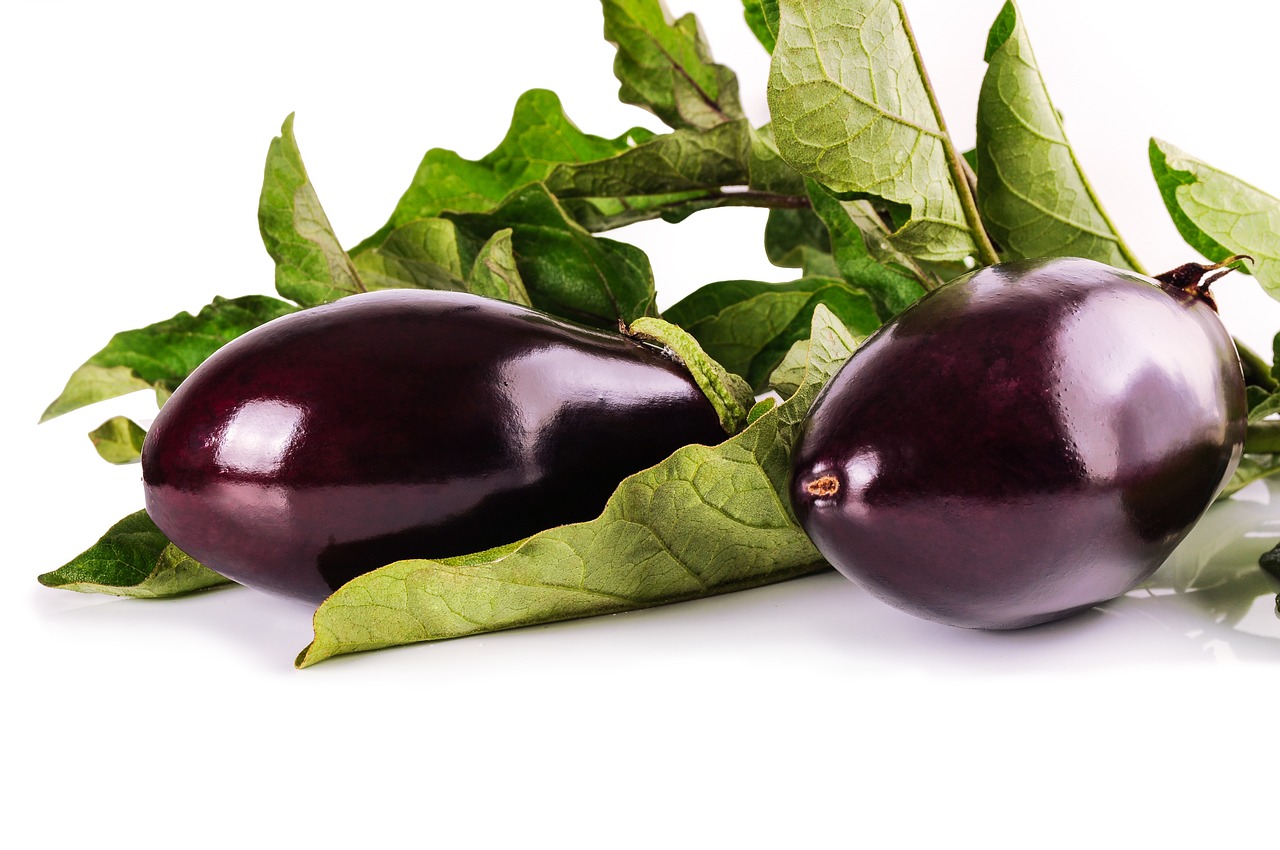Food recipes
Green Squash Recipes

Recipes for the preparation of green squash at home
Certainly! Here’s a recipe for preparing green squash, also known as zucchini, at home:
Recipe 1: Sauteed Green Squash
Ingredients:
- 2 medium-sized green squash
- 2 tablespoons olive oil
- 2 cloves garlic, minced
- Salt and pepper to taste
- Optional: grated Parmesan cheese
Instructions:
- Rinse the green squash under cold water and pat them dry. Trim off the ends and slice them into thin rounds or half-moons, depending on your preference.
- Heat olive oil in a large skillet over medium heat.
- Add the minced garlic to the skillet and sauté for about 1 minute until fragrant.
- Add the sliced green squash to the skillet and season with salt and pepper to taste.
- Cook the squash for 5-7 minutes, stirring occasionally, until it becomes tender yet still slightly crisp.
- Once cooked, remove the skillet from heat and, if desired, sprinkle grated Parmesan cheese on top.
- Serve the sautéed green squash as a side dish or incorporate it into other recipes like pasta, stir-fries, or salads.

Recipe 2: Baked Stuffed Green Squash
Ingredients:
- 4 medium-sized green squash
- 1 cup cooked quinoa or rice
- 1/2 cup diced onion
- 1/2 cup diced bell peppers (any color)
- 1/2 cup diced tomatoes
- 1/2 cup shredded mozzarella cheese
- 2 tablespoons chopped fresh parsley
- 2 tablespoons olive oil
- Salt and pepper to taste
Instructions:
- Preheat your oven to 375°F (190°C).
- Slice the green squash in half lengthwise. Use a spoon to scoop out the center flesh, creating a hollow cavity. Reserve the scooped-out flesh for later use.
- In a large bowl, combine the cooked quinoa or rice, diced onion, diced bell peppers, diced tomatoes, shredded mozzarella cheese, chopped parsley, and the reserved squash flesh. Mix well.
- Season the mixture with salt and pepper according to your taste.
- Drizzle olive oil on a baking dish and place the hollowed green squash halves in it.
- Spoon the quinoa or rice mixture into each green squash half, filling them generously.
- Cover the baking dish with foil and bake in the preheated oven for about 25-30 minutes or until the green squash is tender and the filling is heated through.
- Once cooked, remove the foil and allow the stuffed green squash to cool slightly before serving.
These recipes provide a good starting point for preparing green squash at home. Feel free to adjust the seasonings and ingredients according to your preference and dietary restrictions. Enjoy your meal!
Food recipes
Eggplant Nutrition & Cooking

Nutritional benefits of eggplant and methods of preparation
Eggplant, also known as aubergine, is a versatile and nutritious vegetable that belongs to the nightshade family. It is rich in various vitamins, minerals, and antioxidants, making it a healthy addition to your diet. Here are some of the nutritional benefits of eggplant:
- Low in calories: Eggplant is a low-calorie vegetable, making it suitable for those trying to manage their weight.
- High in fiber: Fiber aids in digestion and helps maintain a healthy digestive system. Eggplant contains both soluble and insoluble fiber.
- Rich in antioxidants: Eggplants are a good source of antioxidants, such as nasunin, which help protect the body’s cells from damage caused by free radicals.
- Good source of vitamins: Eggplants contain vitamins such as vitamin C, vitamin K, vitamin B6, and thiamin.
- Mineral content: Eggplants provide important minerals like potassium, manganese, magnesium, and copper.
- Potential blood sugar regulation: Some studies suggest that eggplant may help improve blood sugar levels due to certain compounds found in the vegetable.
Now, let’s explore some methods of preparing eggplant:
- Baked Eggplant: Slice the eggplant into rounds or lengthwise strips, brush them with olive oil, season with salt and pepper, and bake in the oven until tender. This method is a healthier alternative to frying.
- Eggplant Parmesan: Bread slices of eggplant with breadcrumbs and parmesan cheese, then layer them with marinara sauce and mozzarella cheese. Bake until the cheese is melted and bubbly.
- Grilled Eggplant: Cut the eggplant into thick slices, brush them with olive oil, and grill them on a barbecue or stovetop grill pan until they have grill marks and are tender.
- Eggplant Stir-Fry: Cut the eggplant into small cubes and stir-fry with your favorite vegetables and protein source in a wok or skillet.
- Baba Ganoush: Roast or grill the eggplant until the skin is charred and the flesh is soft. Scoop out the flesh, and blend it with tahini, garlic, lemon juice, and salt to make a delicious Middle Eastern dip.
- Ratatouille: This is a traditional French vegetable stew that includes eggplant, tomatoes, zucchini, bell peppers, onions, and various herbs. It can be cooked on the stovetop or in the oven.

Remember to store eggplant in a cool, dry place, and use it within a few days to ensure freshness and retain its nutritional value.
Food recipes
Cooling Summer Juices

The most important juices that cool the human body in the summer and methods of preparation
During the summer, it’s important to stay hydrated and keep the body cool. Juices can be a refreshing way to achieve that. Here are some of the most important juices that can help cool the human body in the summer, along with methods of preparation:

- Watermelon Juice:
- Method: Cut a ripe watermelon into small pieces and remove the seeds. Blend the watermelon pieces in a blender until smooth. Strain the juice to remove any pulp or solids.
- Benefits: Watermelon is high in water content and helps in hydrating the body. It also contains electrolytes and vitamins, which can help in regulating body temperature.
- Cucumber and Mint Juice:
- Method: Peel and chop cucumber into pieces. Add the cucumber pieces and a handful of fresh mint leaves to a blender. Blend until smooth. Strain the mixture and collect the juice.
- Benefits: Cucumber has a high water content and can keep the body hydrated. Mint provides a cooling effect and aids digestion.
- Aloe Vera Juice:
- Method: Cut open an aloe vera leaf and scoop out the gel using a spoon. Blend the gel with water until smooth. Strain the mixture to obtain the juice.
- Benefits: Aloe vera juice has a cooling effect on the body and can help soothe inflammation and sunburn. It also aids digestion and promotes hydration.
- Lemonade:
- Method: Squeeze the juice of fresh lemons into a pitcher. Add water and sweeten with honey or sugar according to taste. Stir well to mix.
- Benefits: Lemonade is a classic summer drink that provides hydration and helps in cooling the body. Lemons are also rich in vitamin C, which can boost immunity.
- Coconut Water:
- Method: Crack open a fresh coconut and collect the water from the center using a straw or pour it into a glass.
- Benefits: Coconut water is a natural electrolyte-rich drink that helps in replenishing fluids and minerals in the body. It is hydrating and can help regulate body temperature.

Remember to use fresh and ripe fruits for juicing to ensure the best taste and nutritional benefits. Adjust the sweetness and water content according to your preference. Stay cool and hydrated during the summer!
Food recipes
BAKED LIVER

How to prepare baked liver?
Preparation 10 minutes
Cooking: 20 minutes
Ingredients: 4 slices of liver (veal, lamb, or heifer), 4 slices of smoked breast bacon, 30 g of fluff, 4 shallots, 1/2 glass of dry white wine, 1 teaspoon of mustard, 1 tablespoon of flour, salt, pepper.
1- Heat 20 grams of butter in a pan and brown the bacon slices in this hot butter; let brown well; meanwhile, peel and chop the shallots; when the bacon slices are golden brown, drain them and keep them warm; brown the shallots in the same cooking butter; lightly sprinkle the four slices with taurine; brown them with the shallots; turn them halfway through cooking; season.
2- Mix the mustard in the white wine; drain the slices of the liver; arrange them on the hot serving platter; cover each slice of the liver with a slice of bacon; deglaze the pan with the white wine and mustard; add the rest of the butter; pour over the slices of liver and serve piping hot.
ORGANIZATION TIPS
Cook the rice in a large saucepan of salted boiling water; allow 100 grams more for the salad the next day. Meanwhile, prepare the vinaigrette that will season the cold cauliflower, then start cooking the bacon; you will only fry the liver slices when you are ready to serve them, as prolonged cooking will harden them and make them tasteless.
-

 Beauty4 years ago
Beauty4 years agoAll you need to know about the problem of excessive hair in women
-

 Nutrition4 years ago
Nutrition4 years agoBenefits of eating fruits daily
-

 Beauty3 years ago
Beauty3 years agoRecipes for hair lengthening – the fastest 8 recipes for hair lengthening and intensification
-

 Fitness4 years ago
Fitness4 years agoBack exercises and ways to apply them to get rid of problems
-

 Lifestyle4 years ago
Lifestyle4 years agoPromote a healthy lifestyle
-

 Beauty4 years ago
Beauty4 years agoBenefits of lavender – Here are more than 10 benefits of lavender for the body
-

 Beauty3 years ago
Beauty3 years agoBariatric Surgery in USA
-

 Business Services2 years ago
Business Services2 years agoOnline aeronautical engineering degree







